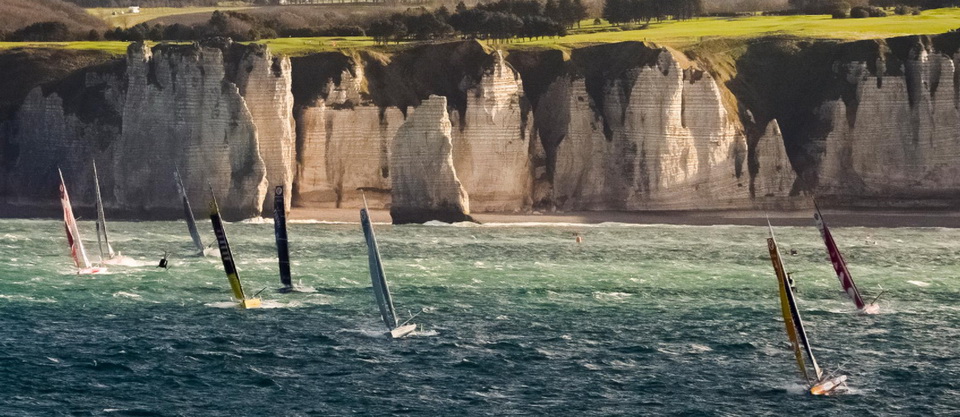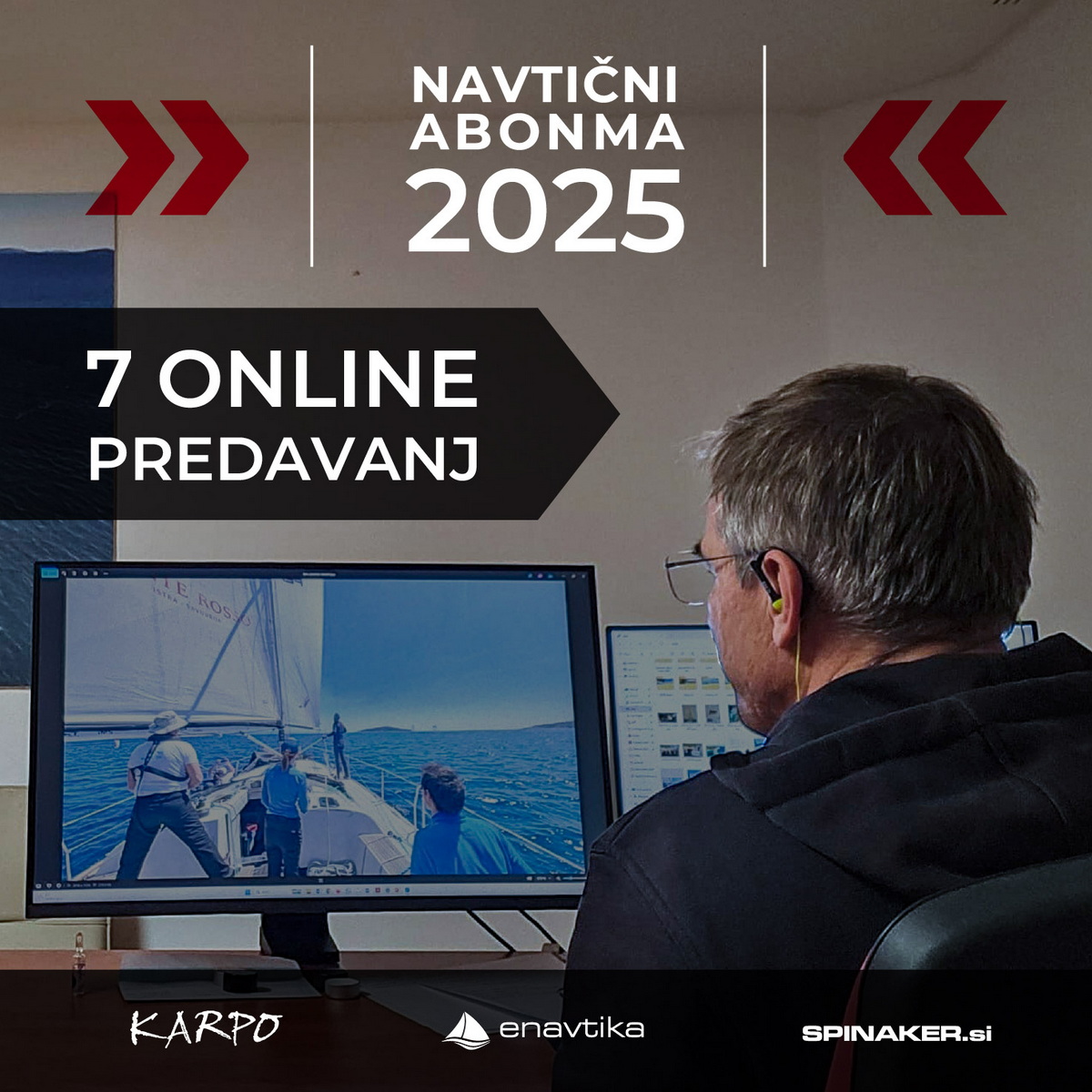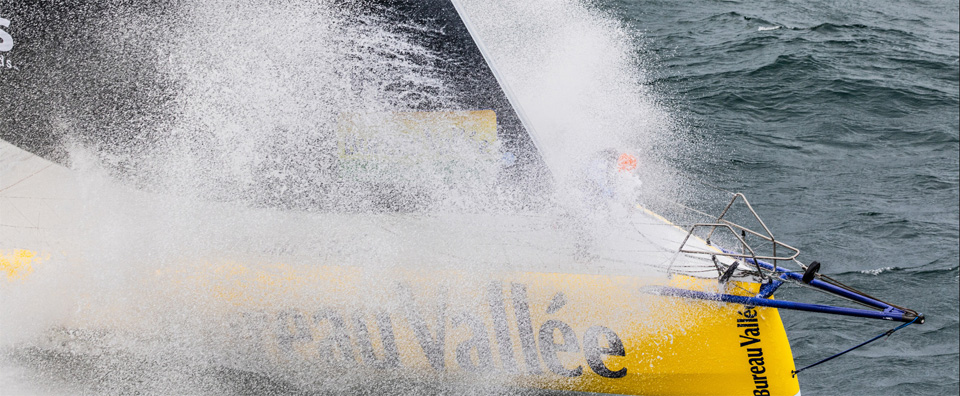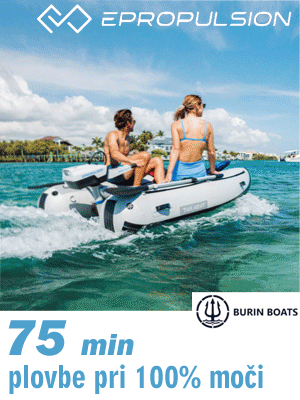
For its 15th edition, the Transat Jacques Vabre Normandie Le Havre is injecting fresh impetus into the race, bound for Martinique! For the first time in its history, the Transat Jacques Vabre is heading out to explore the West Indies. Indeed, it’s Fort-de-France Bay, which will host the finish of the longest and most demanding double-handed transatlantic race, in what promises to be a sensational spectacle.
The historic starting point remains the same: the Bassin Paul Vatine in Le Havre. In 2021, the founding members of the race, namely the City of Le Havre and JDE group, will be assisted with the organisation of the event by the Normandy region. Today, above and beyond being a race, the Transat Jacques Vabre Normandie Le Havre aspires to become an event. As such, it is eager to make the most of its considerable renown and turn it to good account, to inspire, to encourage and to pass on a message.
At the forefront of these new ambitions is the desire to break new ground in terms of environmental issues. This commitment to CSR (Corporate Social Responsibility) is evidenced by the fact that the Transat Jacques Vabre Normandie Le Havre will launch two innovative programmes: a competition (open to start-ups and students) to showcase projects promoting a reduction in our carbon footprint, together with a conference on good environmental practice.
Moreover, the fresh impetus championed by the new Transat Jacques Vabre Normandie Le Havre team will be used to support the feminisation of offshore racing, by encouraging a project helmed by a female sailor, who would like to participate in her first transatlantic race. Finally, the Coffee Route 2021 version also intends to strengthen the links between real sailing and virtual racing, by officially integrating a fifth Virtual Regatta class.
This year, out on the racetrack and in all the actions carried out in relation to the race, the Transat Jacques Vabre Normandie Le Havre has set itself the task of enhancing performance and respecting its environment. To this end, it hopes to join together numerous skippers ready to brave the Atlantic in pairs from 7 November, the start date for the 2021 edition.
ROUTE2021
4 CLASSES ON THE WATER, 3 DIFFERENT COURSES

The race will set sail off Sainte-Adresse, to the north-west of Le Havre. One to two hours later, the fleet is expected to reach the Etretat mark, celebrated as the perfect vantage point for spectators. Indeed, the Transat Jacques Vabre Normandie Le Havre always kicks off with a show sequence before heading offshore.
The first section of the course involves a common-core syllabus for all the different classes. This will start with the exit from the English Channel, either by hunting down a trajectory along the English coast or skirting the Cotentin peninsula, according to the weather conditions. In the English Channel and at the north-west tip of Brittany, the skippers will have to be on their guard against the abundance of shipping.
Next up will be the negotiation of the Bay of Biscay, which can sometimes be a theatre for quite potent gales in November. Once around Cape Finisterre, the sailors will drop down the North Atlantic in a bid to hook onto the trade wind. It’s here, to the south of the Canaries, that the three courses will part ways.
The Ocean Fiftys and Imocas will both set a course towards the Brazilian archipelago of Fernando de Noronha, in a nod to the race’s historical destination. The complete circuit equates to 5,800 miles. These boats will cross the equator twice over, which translates as two passages through the doldrums, though the second, further out to the west, should be less hazardous. The Ocean Fiftys are expected to be first into Fort-de-France after 12 to 15 days at sea. Meantime, the Imocas could take 14 to 17 days.
The course adopted by the Class40s will be shorter in distance at 4,600 miles. They’ll have to leave the island of Sal to starboard, at Cape Verde, before powering eastwards to Martinique. They won’t have to negotiate the doldrums or the equator so the Class 40 circuit should be completed in 17 to 22 days.
Finally, the course for the Ultims, the fastest boats on the circuit, is inevitably the longest: 7500 miles. The designated waypoint rounding is another Brazilian archipelago, off the coast of Rio de Janeiro : Trindade and Martim Vaz. Here too, the crews must double up on their passages across the equator and through the doldrums. They are estimated to finish after 16 to 17 days.







